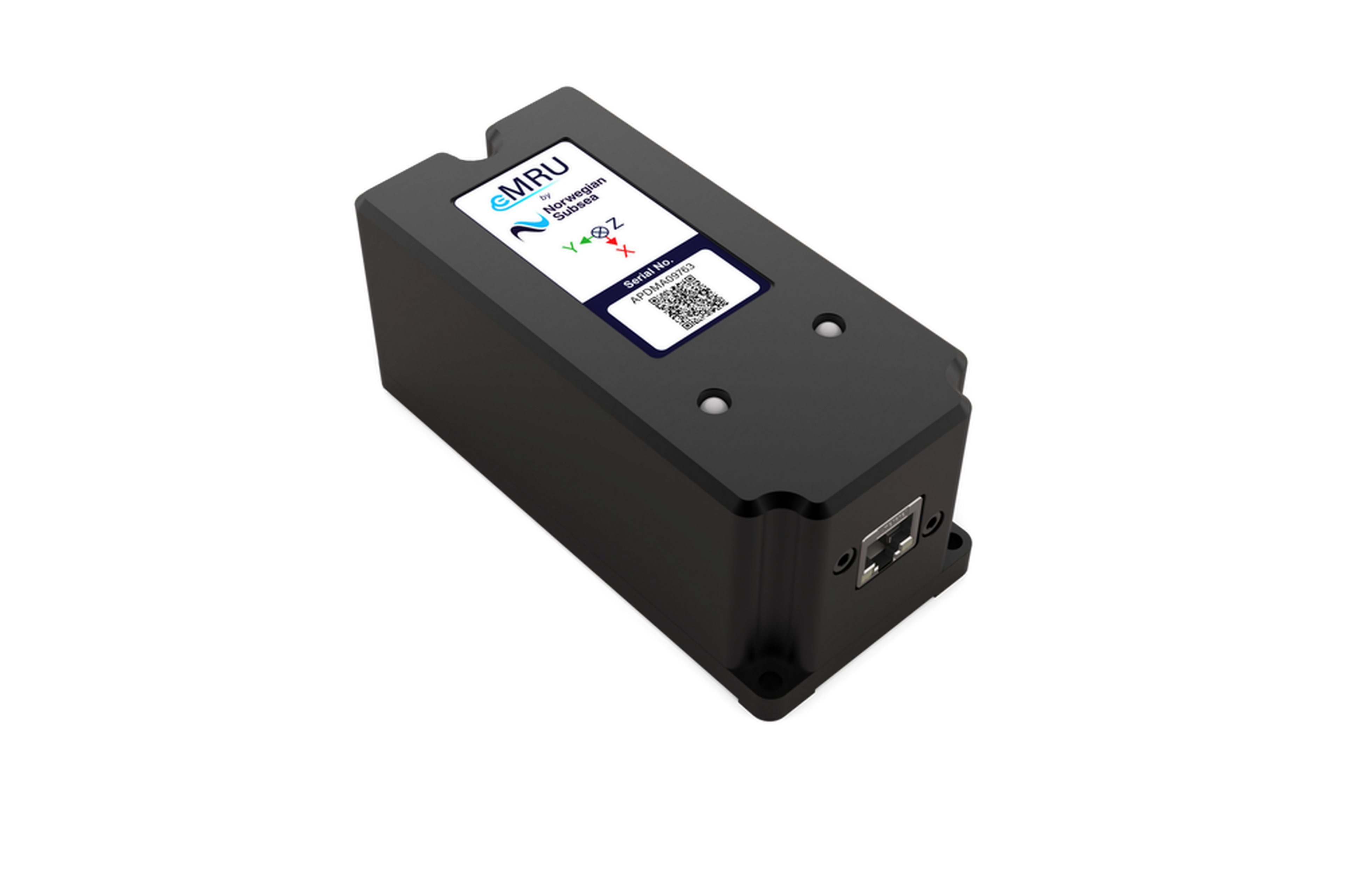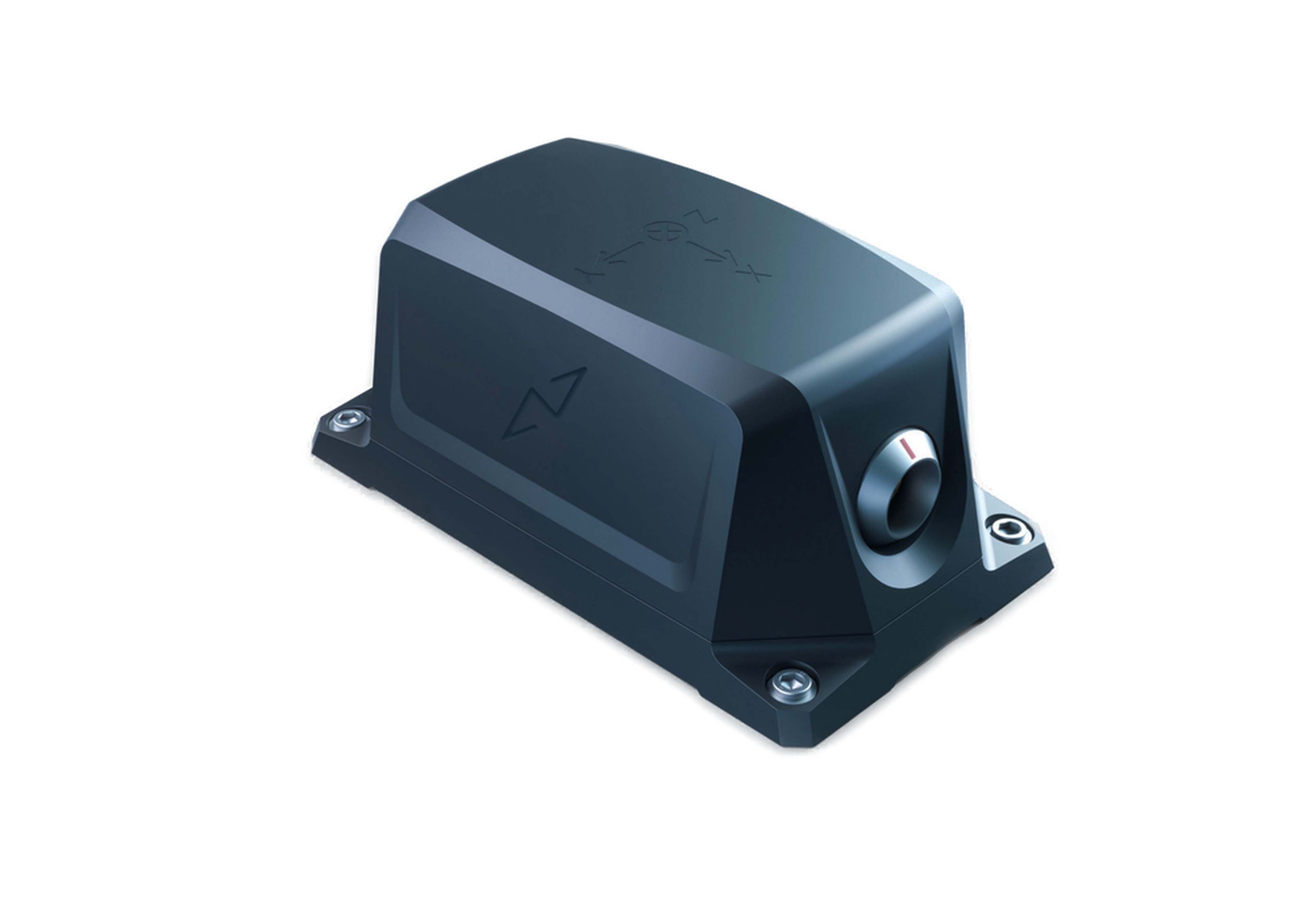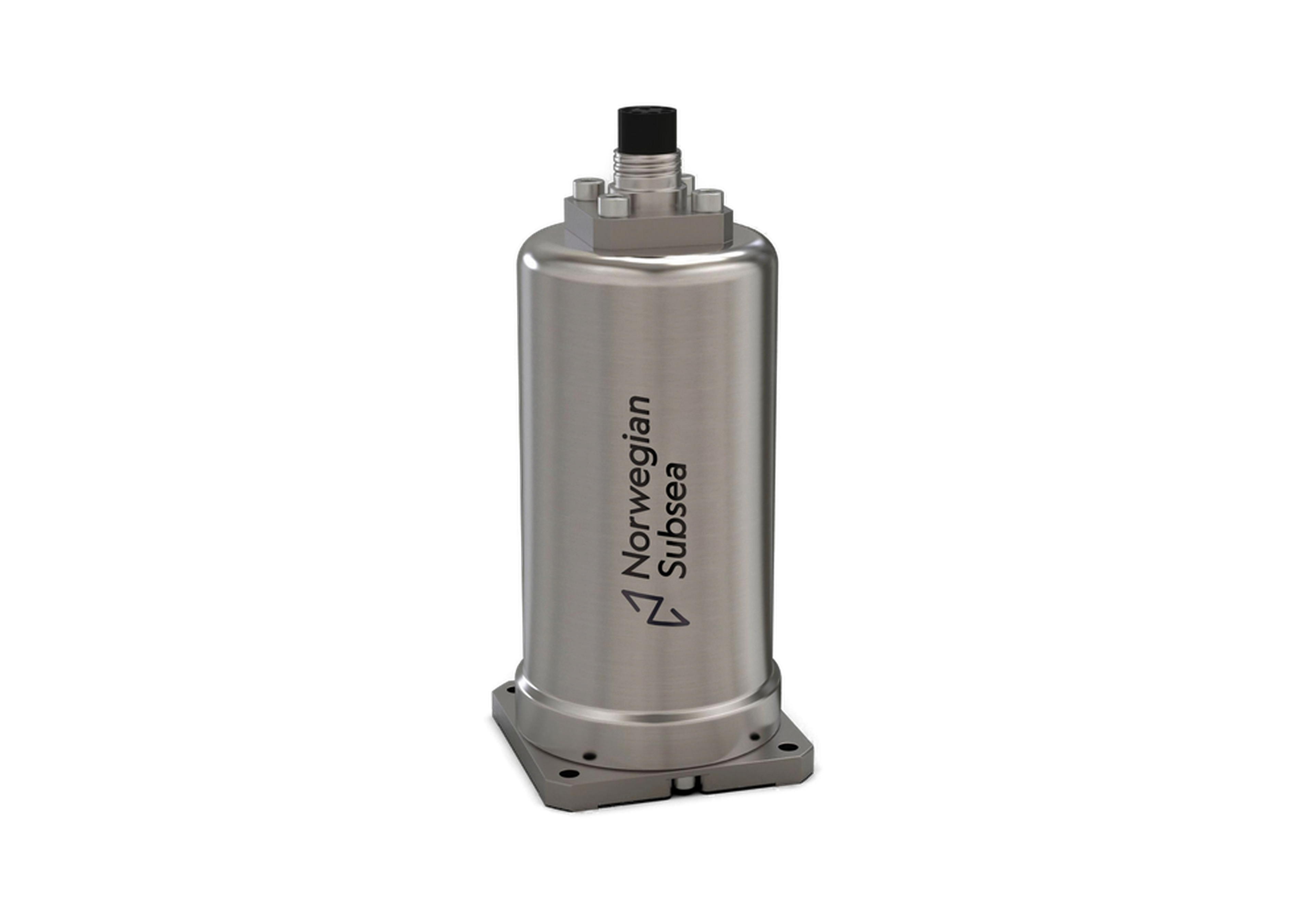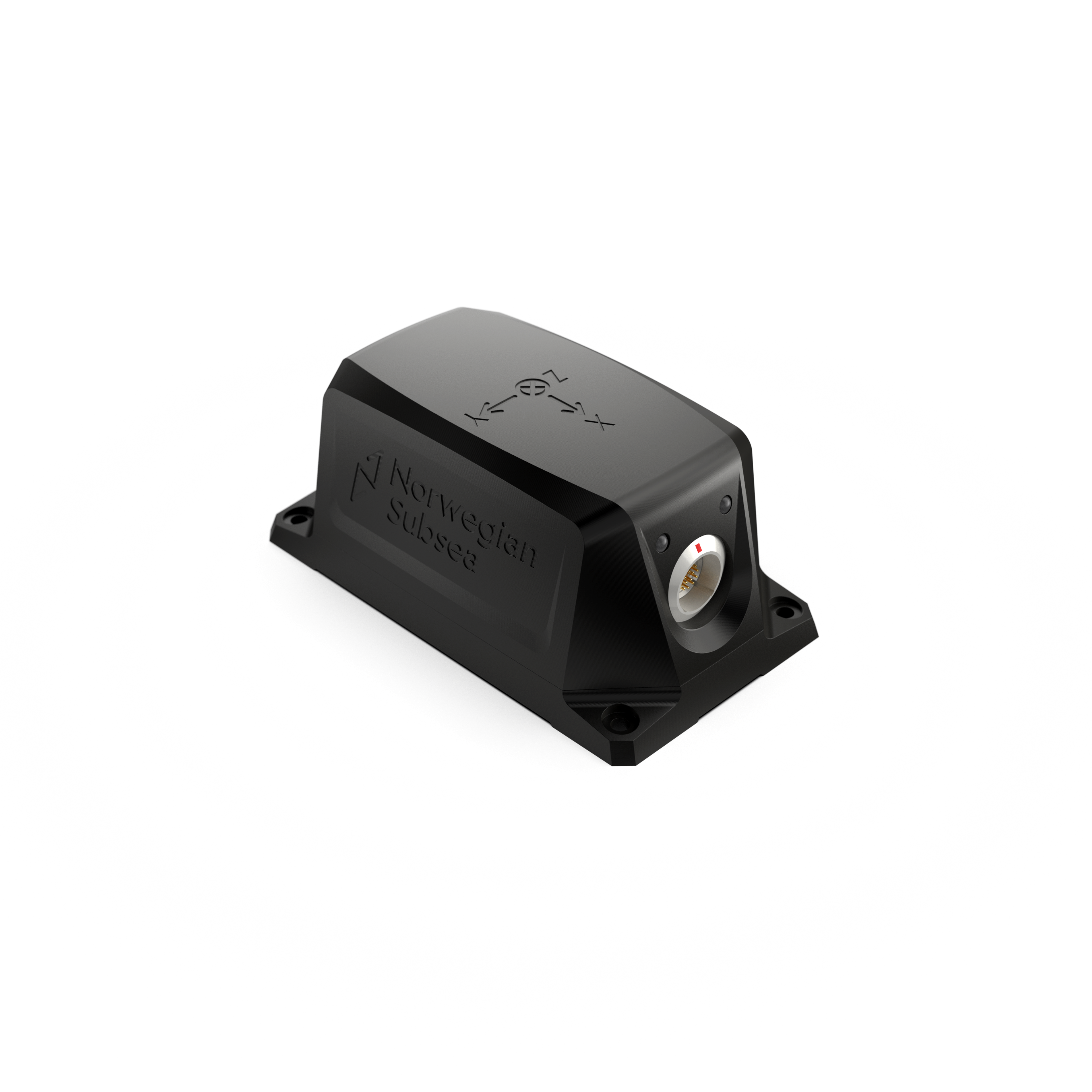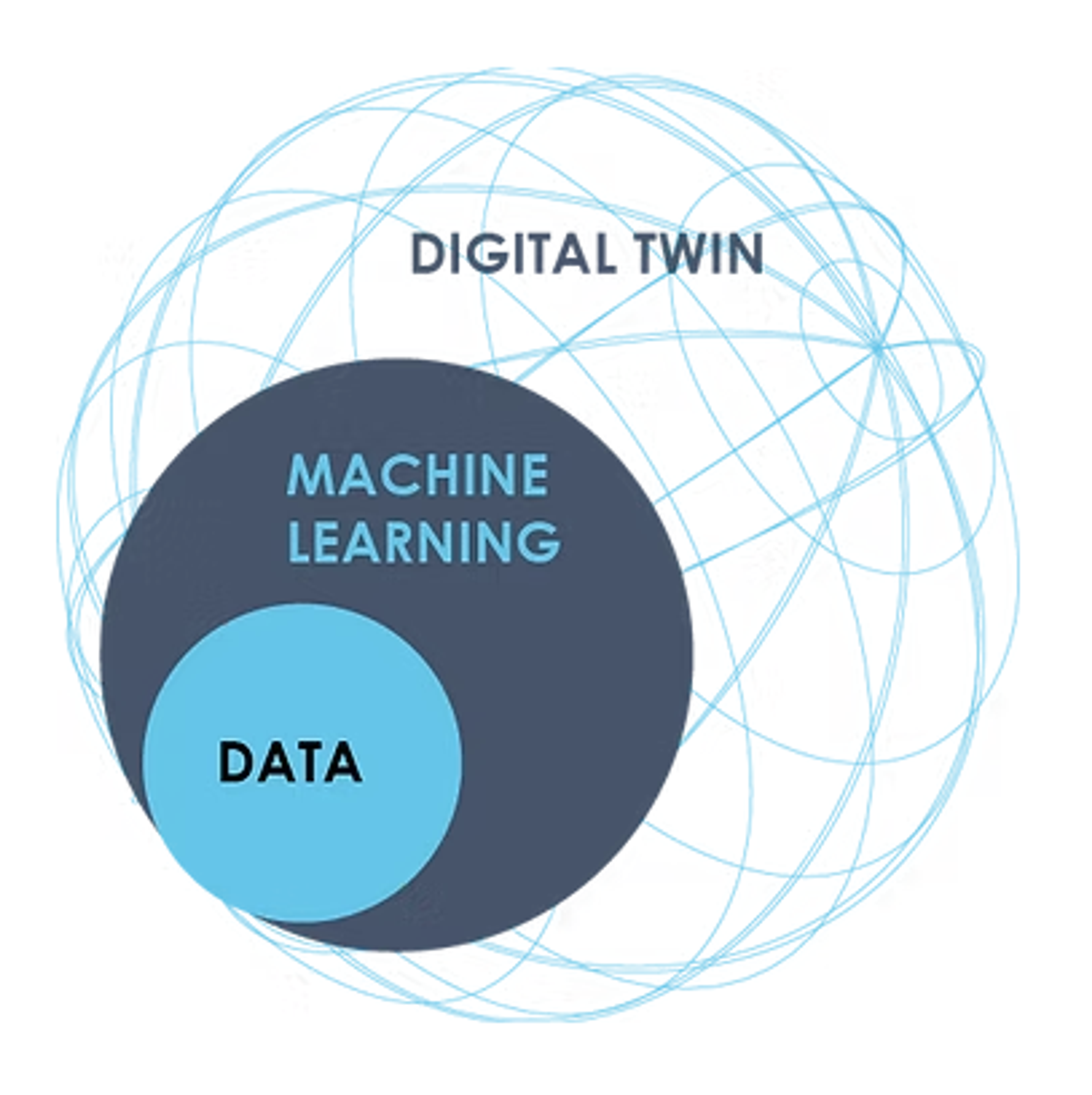What are the main error sources in motion measurements at sea?
Measuring motion accurately in dynamic offshore environments presents several challenges. Error sources can generally be categorized into sensor-intrinsic factors, environmental influences, algorithmic processing limitations, and installation inaccuracies.
Intrinsic sensor errors include noise inherent in the MEMS accelerometers and gyroscopes, bias instability (drift over time), scale factor inaccuracies, and sensitivity to temperature variations. The performance of the sensor fusion algorithm, typically a Kalman filter, which combines data from multiple sensors to estimate orientation and motion (Roll, Pitch, Yaw, Heave, Surge, Sway), is also critical. Imperfections in the algorithm model or tuning can introduce errors, especially during complex or irregular motions.
External and installation-related factors significantly impact accuracy. Misalignment of the sensor unit relative to the vessel or structure's coordinate frame, insecure mounting leading to vibration amplification, and inaccurate lever arm compensation (calculating motion at a point of interest away from the sensor) are common sources of error. For systems aided by GNSS, errors in satellite positioning data (e.g., due to signal blockage or multipath) can also affect overall accuracy.
Norwegian Subsea addresses these challenges by utilizing state-of-the-art MEMS sensors and advanced, rigorously validated sensor fusion algorithms. Our MRUs undergo comprehensive calibration, ensuring high accuracy (with ±0.05°, ±0.02°, and ±0.01° Roll/Pitch options) and stability, often eliminating the need for recalibration during the product's lifecycle. Robust mechanical design and clear installation guidelines further minimize environmental and installation-related errors, delivering reliable 6DoF data for demanding marine and offshore applications.
